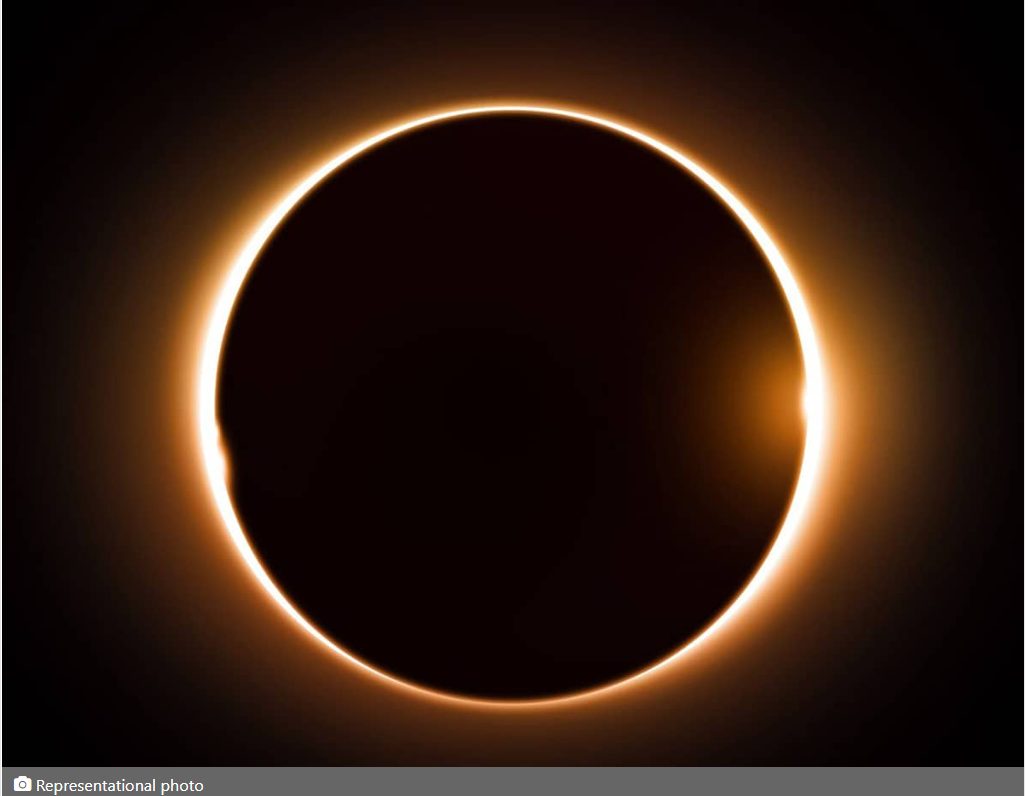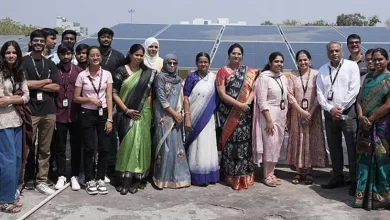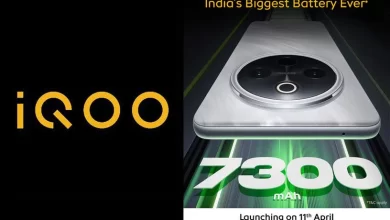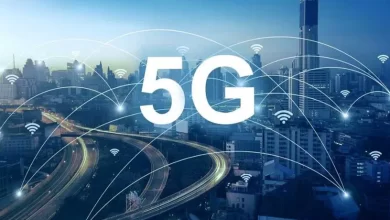Hyderabad to witness partial solar eclipse on Oct 25 – Know precautionary measures
- AAt its peak, Hyderabad will see 18.7 percent of Sun covered by Moont its peak, Hyderabad will see 18.7 percent of Sun covered by Moon
Hyderabad: Hyderabad will witness a partial solar eclipse on October 25. At its peak, the residents of the city will see over 18 percent of the Sun covered by the Moon.
As per astrophysicist Debi Prasad Duari, the partial eclipse will be visible from most parts of the country.
The eclipse will not be observed from northeastern India as the celestial phenomenon will be occurring after sunset in those regions, Duari said.
The northern and western part of the country is a better location to observe the partial eclipse with a better view and for a longer period of time.
Apart from India, it will be visible from most parts of Europe, northern Africa, the Middle East, and parts of Asia, Duari elaborated.
Partial solar eclipse in Hyderabad
In Hyderabad, the partial solar eclipse will be visible at 4:59 pm, and at its peak, 18.7 percent of the Sun will be covered by the Moon.
On November 8, the city will witness a partial lunar eclipse as usually, the gap between the solar and lunar eclipse will be two weeks.
What is partial solar eclipse?
It is a celestial phenomenon wherein, the Sun, Moon, and Earth almost come in a linear configuration, and the Moon appears to cover the Sun partially for a period of time.
As the Moon will pass between the Earth and the Sun, the Earth’s view of the Sun will be totally or partially obstructed by the Moon.
In a partial solar eclipse, Earth’s view of the Sun will be partially obstructed by the Moon. It occurs frequently whereas, total solar occur on average about every 360 to 410 years.
Precautionary measures to be taken during solar eclipse
People who are fascinated by solar eclipses should use special eclipse glasses to observe the celestial phenomenon.
They can also use pinhole cameras. However, they must never try to look at the Sun directly through binoculars, telescopes, or unaided eyes.
Staring at the Sun without any special device can have an adverse effect on the eyes. It can even lead to blindness.








